
We kindly inform you that, as long as the subject affiliation of our 300.000+ articles is in progress, you might get unsufficient or no results on your third level or second level search. In this case, please broaden your search criteria.


Bence Erika: Miért sír Szulimán? Elemzések, bírálatok a magyar irodalom köréből. Cédrus Művészeti Alapítvány – Napkút Kiadó, Bp., 2017
More...
Horváth Benji: A dicsőséges Európa. Libri Kiadó, Bp., 2018.
More...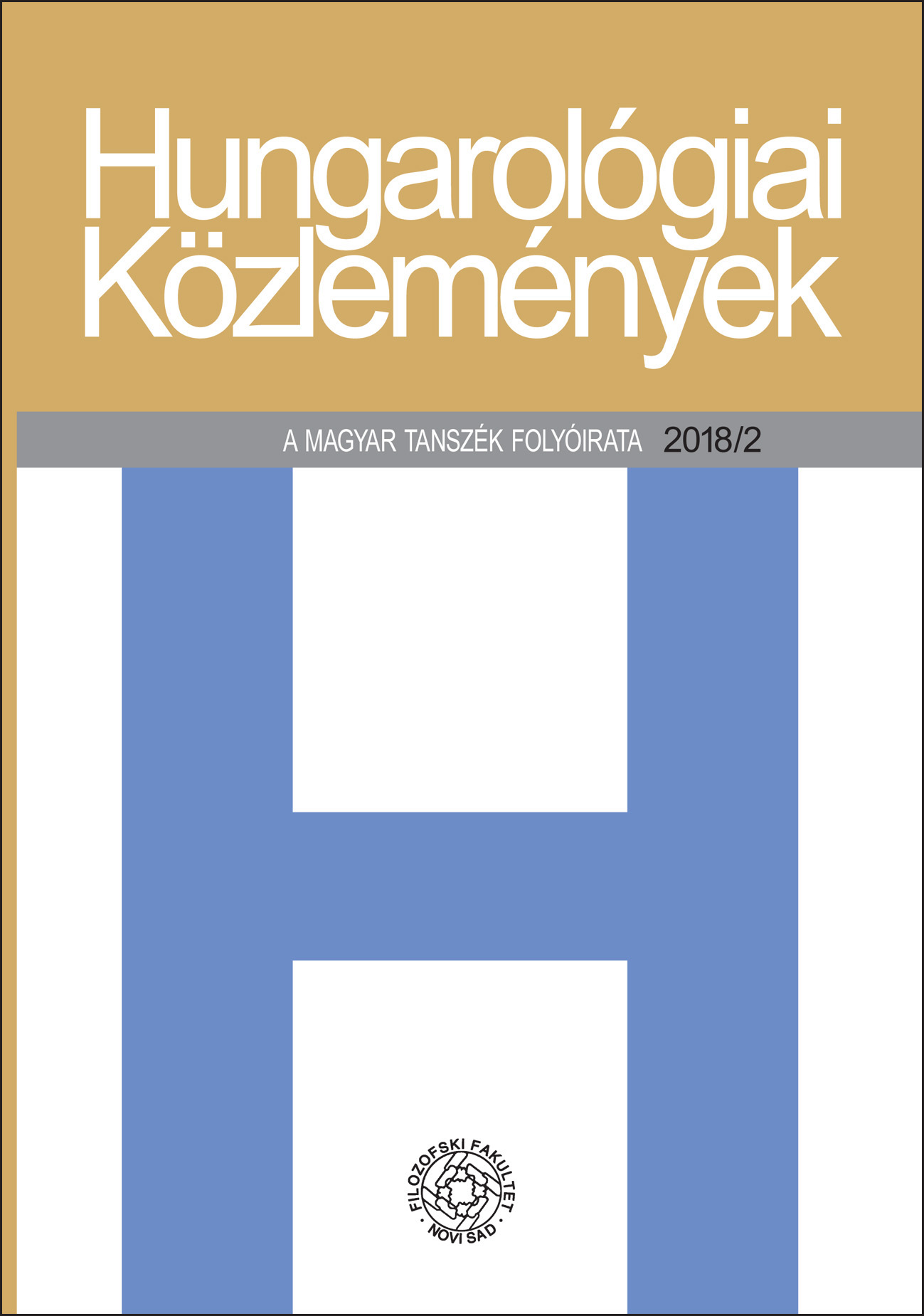
This paper is an attempt at analyzing poems as trauma texts written by György Petri to Sára Kepe, considered to be climaxes of his love poetry. In doing so it attempts to find possible common points between narrative psychological content research and literary interpretation. By using the notion of Dominick LaCapra, it follows the process of “absence” developing into “loss” in the Petri verses’ structure of viewpoint, experience of time and instances of visuality or dialogic elements. A separate chapter is devoted to the connection between the ironic way of looking at things so characteristic of Petri and the processing of traumatic experiences. Finally, it approaches the verbalization and the narrativization of trauma through the question of Bakhtin’s “intonational metaphor” giving way to “semantic metaphor”.
More...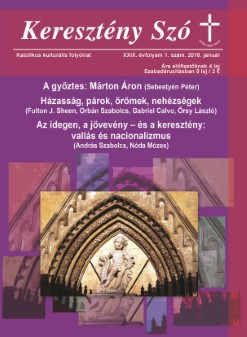

In the field of Hungarian literary publishing the centenary of the outbreak and the events of the First World War turned attention primarily to authentic diaries and diary novels. This was an opportunity to publish correspondence and diaries previously kept in private heritage collections and as archival materials (e.g. Countess Ilona Andrássy’s diary and correspondence, as well as several military diaries edited by Béla Csorba and Károly Ökrész). The same trend lifted out of oblivion a few, once popular but then forgotten, WW-I prisoner-of-war novels, first of all, Szibériai garnizon (Siberian Garrison) (1928) by Rodion Markovits. A Hungarian bestseller of unprecedented success, followed by the author’s literary fall, is still an unexamined phenomenon of Hungarian literary history. The failed success of Aranyvonat (Golden Train) has so far been attributed predominantly to the dislike fuelled by the author’s personality and conduct. However, if the stories of these novels are separated from the Markovits legend, and if they are viewed in the context of the European and Hungarian novels created and read in the 1930s, several similar or the same phenomena can be noticed. This study analyses and interprets in this relation the contemporary reception of Rodion Markovits’s Szibériai garnizon (Siberian Garrison), and compares it to examples of Hungarian literature in Vojvodina also inspired by the Great War, such as those by Artúr Munk, Gábor Darvas or István Szabó–Dezső Andrée.
More...
The study compares depictions of foreignness in Jókai’s texts of various genres. The analysis is based on works with the topic of the 1848 Revolution and War of Independence because these events confront one most acutely with the issue of relations or attitude towards strangers. The difference between the shaded representations in his novels or short stories and the attitude of the factual literary texts is striking. In addition to narratological aspects, the context of literary history and the study of 19th century works of historiographic narration aid towards shedding light onto the causes of this difference. Some of them formulate the ideal of assimilation for national minorities. Jókai, realizing the relativity of truth, presumably did not believe in this view, but did not contradict the historian canon; in his historical writings he evaded a more thorough examination of the issue. The better-known part of his oeuvre, his novels and short stories reveal an author open to tolerance, yet at the same time deeply attached to his national values.
More...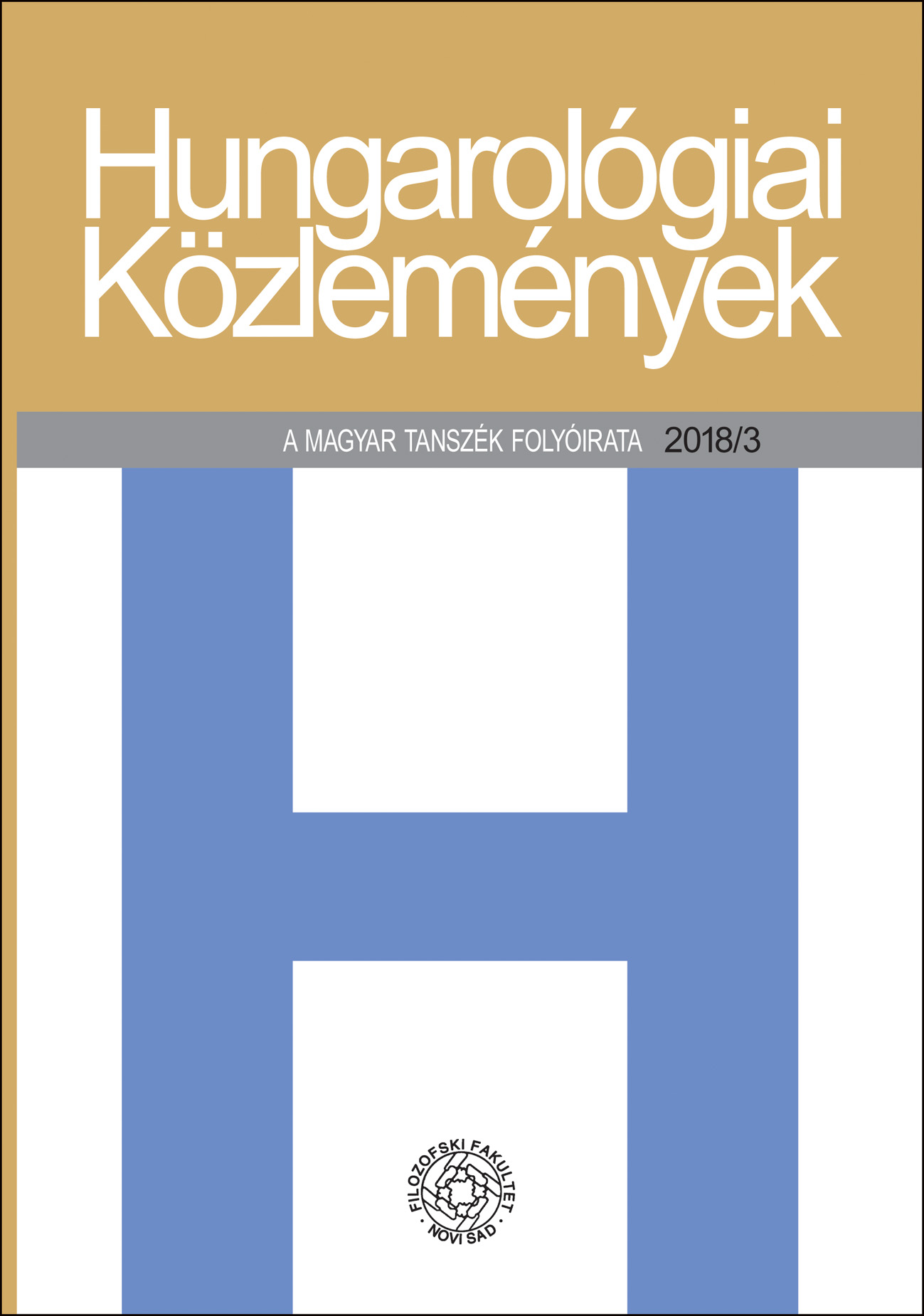
Two novels by Józsi Jenő Tersánszky, III. Bandika a vészben (Bandika III in Disaster) published in 1947 and the Egy kézikocsi története (The Story of a Handcart) published in 1949, serve as the framework for the fiction of an exceptionally tragic event during Hungary’s engagement in World War II, known as the era of disaster or the siege of Budapest. The novels, even taking on the risk of being didactic, took up a position in a moral question concerning a whole community, and outlined a persuasion model and strategy for revealing the causes of the nature of this collective, traumatic historical event. By examining the narrative-poetic tools employed in the stories (the assessing “ideological” function of the authors’ narrative point of view, the direct and indirect dichotomy of values in the characters’ pretentious language and differing phraseology or overhearing of the character types, etc.), the study casts light on the way works of fiction are indirectly in the service of convincing the (contemporary) reader, as well as on the way they can be read in the still open field of interpretation of the recent historical events as a linguistic-literary assault against an ideologically not yet annihilated outlook (Nazism, Anti-Semitism, Fascism). The non-human protagonists’ viewpoint under no condition becomes an allegorical counterpoint, but rather serves the familiarisation of the whole story, and the ridiculousness and humour that unfolds from it counteracts the didactic social-political dialogues of the novel, or rather the direct ideological moulding of the figures taken from literary genres or typified social characters along with the argumentation that unfolds through the speeches and actions of the characters.
More...
This paper investigates some aspects of Hamvas’s interpretation of existence. Hamvas’ concept which concerns both the question of truth (Alétheia) and modes of elucidating human existence, shared features with the philosophical discourses of Heidegger and Jaspers. Hamvas was influenced by Jaspers, and he even translated from Vernunft und Existenz. Jasper’s term Existenzerhellung became an integral part of Hamvas’ way of thinking, and thus the elucidation of existence became the base of the constitutive context of his writings. The paper also aims at giving an overview of the way Hamvas and Heidegger used Alétheia. Despite the parallels, the concept was differently organized on the thinking horizon of the two authors. At Hamvas the ontological Alétheia became the linguistic basis of his understanding of reality and the measure of his poetic approach and writing. Hamvas’ concept of truth, Alétheia, meaning unclosed or unconcealed, also includes semantic transparency. The illuminating circle of his late works, his poetic “language of light” became enriched with a new term: lucidity, the illuminating technique of science. The study makes an attempt at outlining the process in which Hamvas’ existence interpretation developed from partial illumination to complete transparency.
More...
The reception of Ágnes Nemes Nagy’s emblematic poem Trees (Fák) interprets it to be the description of the process of self re-recreation resulting from an objective “looking behind”. In our approach the Trees signify the unattainability of the body, of the Real (experience) in the lacanian sense along with the impossibility of designation (and thus of testimony), and following from this the temptation of self re-recreation is presented as an empty promise, that is, the promise of emptiness. Nevertheless, the mention of this shortfall carries at the same time the life-affirmation of the self-eliminating subject of Nemes Nagy’s lyric poetry: a speech whose very impossibility makes it possible. The abjection of representation in Kristeva’ sense is the stunning recognition that the lack of representation is concurrently holding onto the texture of representation: the greatly discussed self-reflexivity of Ágnes Nemes Nagy’s lyric poetry is always (and much more) self-elimination: coping with the absence of the subject (and its correlating object) – and making this absence limitless.
More...
In the decades following the Compromise of 1867, first around the schools and later, after the formation of literary societies and associations also in the press, a kind of intellectuality developed which moulded and fashioned the self-knowledge and consciousness of the emerging and rising middle class in the spirit of national commitment at the moment of discovering the bonding with their environment. Alongside with them were founded all those scientific forums which intensively modelled the life of the community. These decades, rich in experience, witnessed the flourishing of Hungarian literature in all its genres. In poetry, in the verses of Matild Janda, Jolán Molnárné Radich, Emma Radványné Ruttkay and Alba Nevis (Ilona Unger) feminine sensibility emerged as delicate tints of lyric poetry and the echos of world vision and human relationships in the depths of the soul.
More...
The present study is based on the example of Nagybecskerek, takes into consideration the cultural/literary happenings, manifestations, and also the relevant social background events of the time, and presents the beginnings of minority Hungarian literary, first utterances and characteristics. The writers of the former county seat, in the absence of adequate institutional background, and the austerity measures of the Serb-Croatian-Slovenian Kingdom, which came into effect on 1st of December 1918. were the first to emerge as creative enthusiasts circles, informal discussions. From these roots later emerged the Hungarian newspaper and book publishing and the Hungarian literature in Vojvodina, for which one of the important pillars were the great writers of Nagybecskerek. Not only because the first novel of Hungarian literature in Vojvodina was published in 1919 (János Tarkó: While the Great Storm had left...), but also because it was the pioneer of the minority Hungarian literature publishing (Renaissance – 1920, Fáklya – 1922) and literary organization (Ady Társaság – 1923).
More...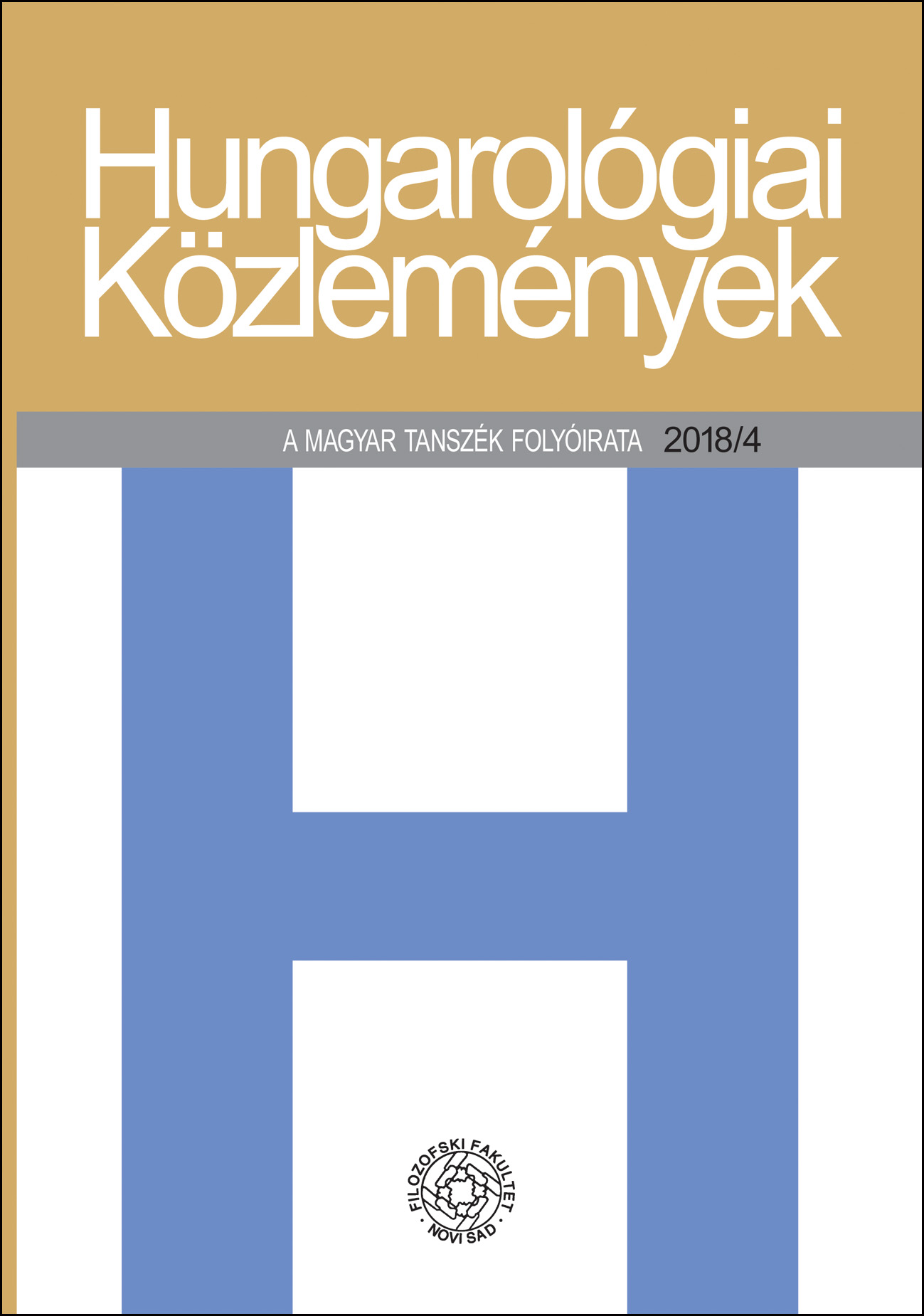
This train of thought follows the interrelation between Ferenc Fejtő’s search for identity, course of intellectual orientation and political sympathies. The paper focuses on examining the intellectual and cultural context of the author’s concept which considers the region as a peculiarly divided, 20th century, metaphoric alliance, namely, sees it as a conglomerate of the historical heritage of national(ity) groupings doomed to be dependent on a more moderate and weakening economic background. An extra emphasis is given to Fejtő’s inkling that the linguistic-rhetoric and power organising mechanisms of Yugoslavia headed by Josip Broz Tito and built on his heritage created their own nostalgic simulation.
More...
The novel Spring Comes to Budapest by Ferenc Karinthy was considered to be an emblematic literary depiction of the siege in the 1950s. The literary representation of the end game of the Second World War in Hungary met the historical and social image of the communist cultural policy; nevertheless, in addition to following the guidelines of the socialist realistic representation, scope was left for articulating other, namely, non-communist social perspectives, too. The analysis follows the “evolutionary history” of the bourgeois-intellectual hero in the space of social-ideological positions embodied in the characters. In addition to the structural and ideological functions of the characters, it also presents the role of endowing the nation-stereotypes with moral and political connotation, the metaphorical and topical network of the novel, layers of meaning resulting from the organisation of space and time, and the compositional significance of the accentuated scenes, namely, their ideological meanings.
More...
The study is an attempt at the interpretation of the poem Cage in Bratislava (Cage Pozsonyban) by Zoltán Csehy. The first part of the interpretation looks at the proper names in the title of the novel, and then tackles the referentiability of the statement in the title. It continues with thematising questions of text and erotics, poem and restrictions and work and its translation. It captures the problem of the ideal reader of the text, and by answering it, reaches a vision of the posthuman reader. What captures the attention most is the connection between text and music in Csehy’s work, and in connection with this questions of transmedia practices. The multitude of the media and their copying over each other are embodied in a totality of perception, that is, the ideal reader of the text turns out to be post-human.
More...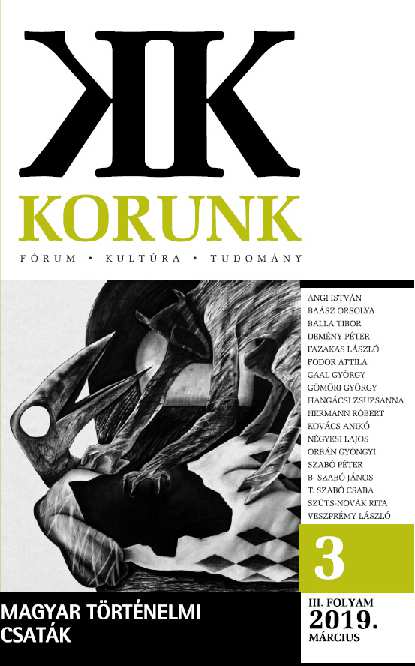
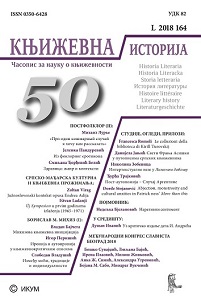
is paper analyzes and promotes the culture of spirit (ethical standards), culture of the ethnicity (aspects of otherness) and the interdenominational, written, and spoken culture of expression. The article examines the types of disposition, life experiences of Endre Ady’s lyrical works, relates his texts to several authors of a considerable renown in Serbian, Croatian and Slovenian literature. We observe the existential spaces and boundaries of his oeuvre, viewing it as moving along the trails of the intellectual experience of transnationality, regional identity, cultural crossroads and traumas.
More...
The strong embeddedness of the periodical Új Symposion, published in Novi Sad in Hungarian, in the Yugoslavian culture is a known but not self-evident characteristic of the Vojvodinian Hungarian literature. ere are several studies investigating questions related both to the periodical and its prominent authors as well as editors. e current study reports the latest findings of an ongoing research project focusing on the translational practice of the periodical, in relation to the periodical’s texts reaecting to the South-Slavic literatures. Translations from South-Slavic languages do not appear as transfers between foreign cultures and typically they are not created for readers who would not be able to read the original work. e periodical showed dynamic regional formations of cultural identity with its own local minority culture, with the whole, undivided Hungarian culture and the complex Yugoslavian culture. Instead of the complete identification with one of these cultures we can register patterns of undefined participation in each of them.
More...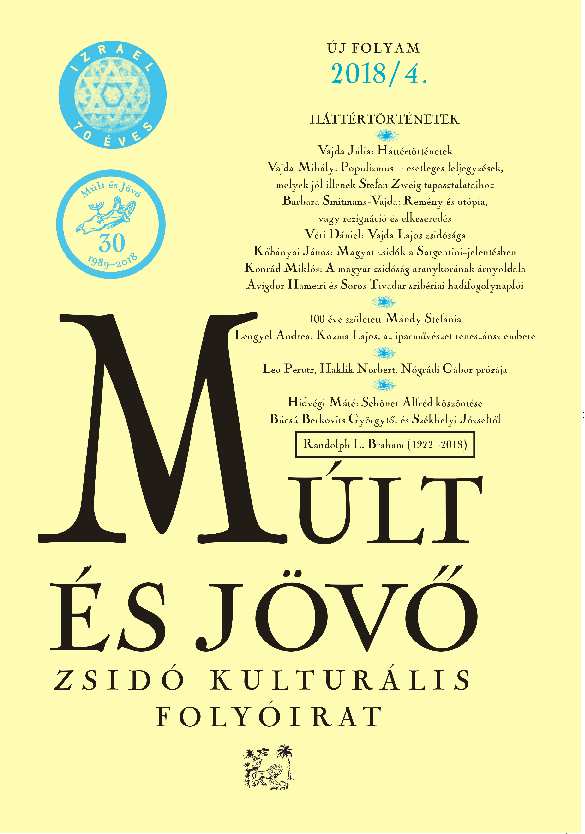
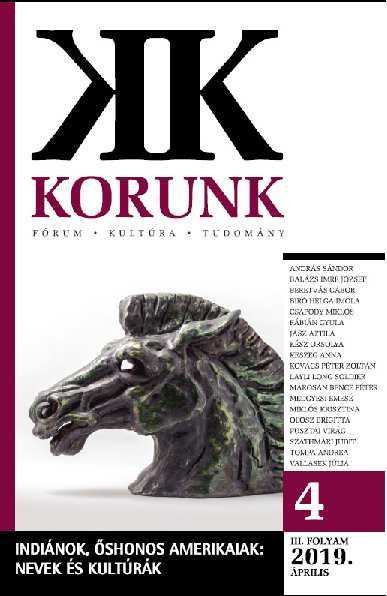
Serestély Zalán: Az állomás három kutyái. Erdélyi Híradó Kiadó – Fiatal Írók Szövetsége, Kvár–Bp., 2017.
More...